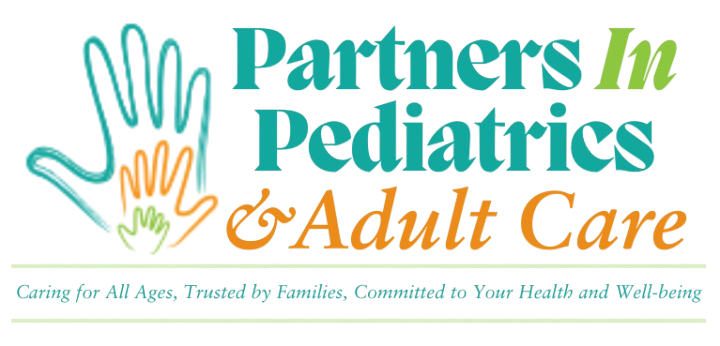
Nausea and Vomiting
Nausea and vomiting are symptoms associated with various conditions or illnesses. Nausea is an uneasy feeling in the stomach, often accompanied by the urge to vomit. Vomiting is the expulsion of stomach contents through the mouth, which can be voluntary or involuntary.
Request an AppointmentCauses of Nausea and Vomiting
Nausea and vomiting can be caused by many different conditions, including:
- Food poisoning
- Motion sickness
- Overeating
- Blocked intestine or injury
- Brain injury or illness
- Appendicitis
- Migraine
- Heart attack
- Kidney or liver disease
- Cancer therapy or treatment
- Pregnancy
- Gallbladder disease
- Reaction to medicine
- Stomach inflammation
- Encephalitis
- Meningitis
Symptoms of Nausea and Vomiting
These symptoms affect people of all ages. It is important to monitor for dehydration, especially in children, particularly when nausea and vomiting occur alongside diarrhea. Signs of dehydration include:
- Dry lips and mouth
- Sunken eyes
- Rapid breathing or pulse
- Decreased urination
- A sunken soft spot on top of an infant’s head
Treatment of Nausea and Vomiting
Treatment typically focuses on addressing the underlying cause. Some home remedies to relieve nausea include:
- Drinking clear, cold fluids
- Eating small, frequent meals
- Reducing physical activity
- Avoiding fried foods
For vomiting, home care may include:
- Drinking clear, cold fluids
- Avoiding solid foods until vomiting stops
- Getting plenty of rest
If vomiting is severe or persistent, a doctor should be consulted to prevent complications.
Prevention of Nausea
Certain lifestyle changes may help prevent nausea:
- Eating smaller, more frequent meals
- Eating slowly
- Avoiding warm or hot foods
- Resting with the head elevated after eating
- Eating dry crackers upon waking in the morning
- Drinking fluids between meals rather than during meals
